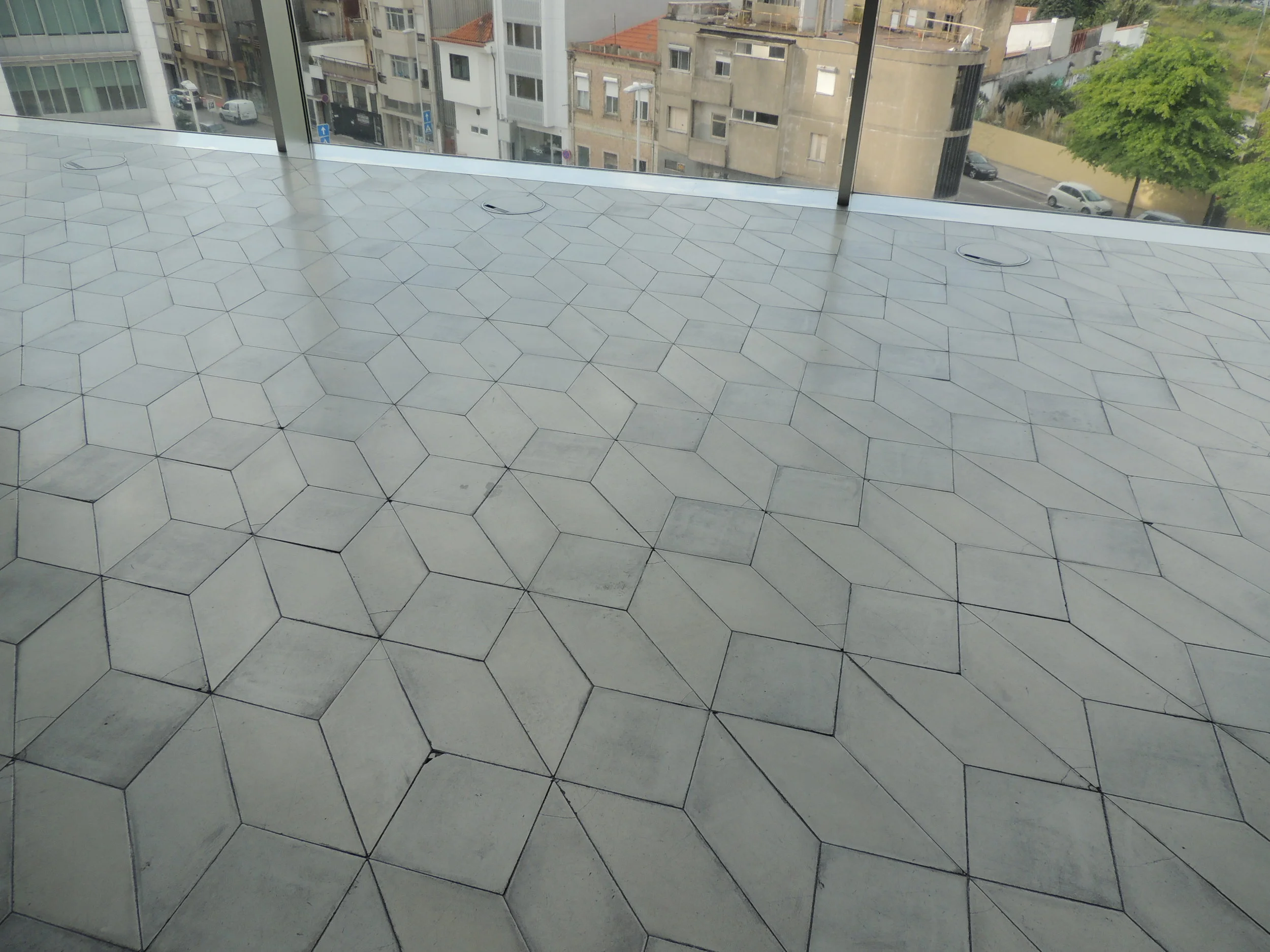PART I: Setting the Scene
For this post, I’m starting close to home. Literally. This past summer, we bought a 1998 “colonial” house (more on that in a future post) that had original wall to wall carpet in many of its rooms. Because I have two young children and strong family histories of both cancer and respiratory illness, replacing the carpet was a high priority. That a strong preference for the look and functionality of wood flooring accelerated the swap out to the top of our To Do list.
Carpets dating to the 1990s like ours are notorious for their long list of toxic “ingredients”: Volatile Organic Compounds (VOCs) and hundreds of other undisclosed chemicals and compounds in the carpet itself, PVC, 1,3 Butadiene, MDA, Styrene and acetate in the carpet backing or substrate, and more VOCs and other chemicals in the adhesives that bind the carpets to their substrates. Carpet padding is another source of potential harmful exposure. Many varieties of carpet padding (installed under the carpet to increase the longevity and acoustic insulative value of the carpet) are manufactured from recycled foam that has been soaked in flame retardants such as PBDE. Many carpets also boast stain resistant technology, which until recently contained PFOA, a known carcinogen with links to the same type of cancer found in a pediatric cancer cluster in my community that I am tracking with concern.
Knowing that we wanted to replace the existing carpet with wood flooring, I identified four principal priorities for our project: aesthetics and quality, price, toxicity and environmental impact.
Aesthetics and Quality: I’m a designer, which means that it’s my job to be picky about everything. I knew I wanted a light-colored, monochromatic finish -- in other words, something between rustic, rough-hewn Scandinavian Oak floors with a pale oiled finish and a basketball court. In an ideal world, that would mean super pale maple hardwoods with a matte finish.
Price: We had so many square feet to cover that I knew installation costs alone would take up a significant piece of the budget. I also knew that extra costs for required accessories like underlayment (a thin pad installed underneath the wood to accommodate minor irregularities in the subfloor, to mitigate any moisture that might accumulate underneath the flooring, and to deaden sound) would add up quickly. I knew that solid hardwood would cost well over $10/SF installed, and I wondered if I could find something I liked for closer to $6-7/SF installed.
Toxicity: Given that our goal was to eliminate as many chemical exposures as possible, and knowing that we were going to great effort and expense to do so, I gave a lot of thought to the additional chemical exposures that could result from different installation processes. Installation of unfinished hardwood floors that are finished on site (the kind that typically produce a the uniformly smooth surface I was lusting after) is usually disruptive and incredibly dusty. It requires sanding the floors after they are installed and between each of several layers of protective polyurethane coating. As the polyurethane cures, it creates strong vapors. All told, the process is typically so disruptive, dirty and smelly that few families can live through it. As much as I wanted the look of these floors, I knew I couldn’t subject my family to the upheaval it would entail, especially on the heels of a recent cross country move.
Environmental Impact: Having recently lived in the Pacific Northwest where logging practices and the lasting impacts of clearcutting are far more visible than here in New England, it was important to us to source our material from a supplier invested in responsible forest management. We just didn’t feel right about knowing that our floors may have destroyed key habitat, destabilized hillsides, and contributed to harmful runoff. We agreed that we were willing to pay some kind of premium to buy an FSC-certified product or to source from a mill or company that could similarly prove responsible forest management practices. I was particularly interested in bamboo flooring products, because the grass is a renewable resource that replenishes itself in 5 to 7 years. That’s far quicker than any hard- or softwood species we considered. I was interested to learn that all bamboo used for flooring is grown in Asia (China), and is either processed there before getting shipped to the US as a raw material for manufacturing here, or it is sent directly to China-based manufacturing facilities. In my numerous conversations with product representatives from Plyboo, CaliBamboo, EcoFusion and EcoTimber, I learned that oversight at Chinese factories (following the Lumber Liquidators Formaldehyde expose of 2015) has become a major factor in overseas flooring production. Specifically, manufacture of the binders, adhesives and finishes used in Chinese flooring factories is monitored closely. Several US-based companies with a presence in the Chinese bamboo flooring market manufacture their binders and finishes here, and ship them to China for use with raw material on site there. This raised even more concerns: What about the embodied energy associated with shipping products back and forth across the ocean, and then trucking them another 3000 miles across the country to get to us here on the east? Did the cost of remote harvest and manufacturing negate the benefits of choosing a rapidly renewable material in the first place? The calculus was overwhelming, and it seemed impossible to quantify and compare the relative benefits and risks--both locally and globally--of the various products under consideration.
PART II: Evaluating Options
With price and toxicity in mind, I focused my research on prefinished flooring products, specifically engineered woods (typically a thin layer of hardwood over several layers of plywood-like substrates). Engineered hardwoods tend to be efficient in their use of the whole tree because the highest quality hardwood is reserved for the visible ‘wear’ layer that creates the flooring surface that we experience, and the less choice (but more plentiful) cuts of lumber are used to make the substrate. Engineered hardwoods are typically prefinished, meaning that the protective coating that goes over the wood itself is applied in the factory. The tipping points in our selection process included the fact that curing (and the noxious fumes associated with the process) occurs before the product arrives on site, and the freedom to occupy the floors immediately after installation without the sometimes significant lag associated with curing time, and ability to avoid sanding residue.
Given that engineered wood flooring products necessarily require more adhesives to bind together their different layers, I put a lot of energy into researching the binding and finishing agents of different “eco-friendly” products currently on the market. What I found was that even many of the best flooring products (and by that I mean those claiming to contain the fewest number of harmful chemicals) couldn’t give me the clear answers I was looking for in the form of Material Data Safety Sheets or analogous chemical disclosures. Most were happy, however, to speak to me at length about certification standards like FloorScore, GREENGUARD and CARB 2 (California Air Resources Board). Adhering to these standards represents progress in the right direction, but my research told me that some of these standards allow chemical exposures above what many consider to be reasonable exposure levels. I was initially intrigued by a number of bamboo products but because the material is technically a grass, it requires a high adhesive content to bind together its small strands. I wasn’t able to find a bamboo flooring company that disclosed its binders and finish ingredients to my satisfaction, which is, in part, why we turned back to engineered flooring products.
I agonized over this decision for what felt like months, trying ever more valiantly to find studies, MSDS sheets, product disclosures, and environmental impact information that would help clarify my decision. And the frustrating and alarming truth is that in many cases, it just doesn’t exist. And when it does, it isn’t typically in a form that is accessible and actionable for highly detail-oriented designer types like me, much less for the average consumer.
PART III: The Final Decision
In the end, the one company that satisfied almost all of our requirements was Kahrs, a Swedish flooring company dating back to 1857. I first identified the company as a possible option thanks to their commitment to sustainable forestry practices, a concerted and ongoing effort to minimize their ecological footprint, and the use of nontoxic glues and finishes. They are self-stated wood flooring innovators, having first developed the multi-layered engineered wood door in 1937. Unlike so many others in the industry, Kahrs doesn’t brand itself as a “green” flooring company first; they seem to have normalized the need for sustainable manufacturing practices as part of a healthy corporate strategy, and that can make them harder to find in a marketplace where so many manufacturers are clamoring for the eco-friendly ear.













